Succulents are a type of plant that store water in their leaves, stems, or roots. They are native to dry, arid climates and can be found worldwide. Many people grow succulents because they are easy to care for and require little water.
There are many succulents, and some are easier to propagate than others. This guide will go over the easiest succulents to propagate and provide tips on maintaining and propagating them.
How Do I Propagate Succulents?
Succulent growers usually propagate their plants by taking stem or leaf cuttings. This is because succulents typically do not produce viable (able to grow) seeds.
Stem cuttings are made by cutting a piece of the stem off the plant and allowing it to be callous (heal) over. Once the stem cutting has been calloused, you can then plant it in well-draining soil.
On the other hand, leaf cuttings are made by gently removing a few leaves from the plant and allowing them to be callous. Once the leaves have been calloused, you can then plant them in well-draining soil. Eventually, the cuttings will form roots and grow into new plants.
The mother plant will not be harmed if you take stem or leaf cuttings from it. Propagating succulents is a great way to create new plants without buying them from a nursery.
Make sure to introduce the new plant to the sun slowly. Baby succulents are fragile and can quickly get sunburned, so direct sunlight should be avoided for the first few weeks. After a couple of weeks, you can slowly increase the amount of sunlight exposure.
6 Succulent Plants To Propagate
Propagating succulents is easy and fun, and it’s a great way to create new plants. Here are six of the easiest succulents to propagate:
Ghost Plant (Graptopetalum paraguayense)
The Ghost Plant is a small evergreen succulent that is native to Mexico. It gets its name from the white points on its leaves that resemble ghosts. The ghost plant is sometimes called the mother-of-pearl plant due to its iridescent leaves.
This evergreen cold hardy succulent is easily propagated by succulent cuttings or leaf cuttings. However, it is not great indoors as it grows best under full sun. Once established, the ghost plant rapidly grows and can quickly fill a pot.
Aloe Vera (Aloe Vera)
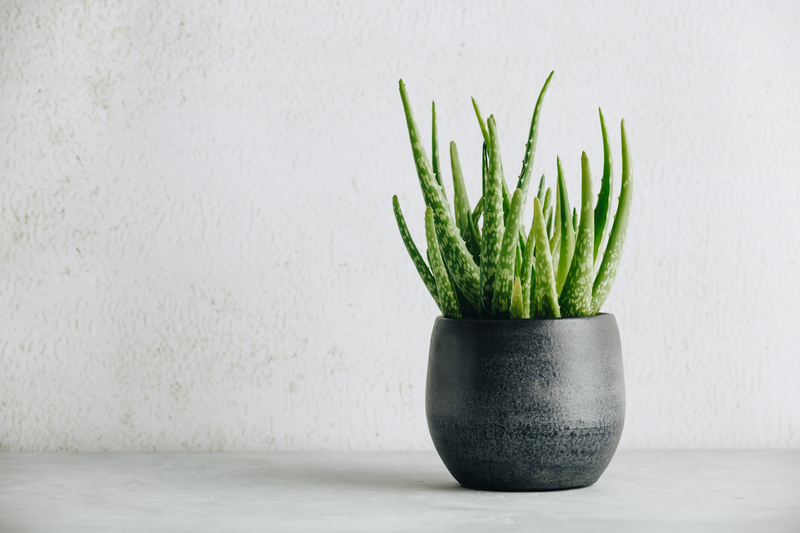
Aloe Vera is a popular succulent known to soothe burns and cuts. It is native to North Africa and the Canary Islands, but it can now be found all over the world. Aloe Vera plants are easily identified by their thick green leaves with white spots.
These succulents thrive through direct sunlight and can even be grown indoors. The best way to propagate aloe vera is through offsetting – a method that involves removing the growing baby plant next to the main plant.
You can remove the offset with a sharp knife and plant it in well-draining soil. Make sure to water the offset sparingly, as too much water can kill it.
Jelly Bean Plant (Sedum rubrotinctum)
It’s no wonder succulent growers worldwide love the Jelly Bean Plant – it’s easy to care for, drought-tolerant, and can be propagated easily. A succulent collection wouldn’t be complete without a Jelly Bean Plant!
Jelly Bean Plants are native to Mexico and can be identified by their thick, fleshy, jelly-like leaves. These succulents grow best in direct sunlight but can also tolerate partial shade.
The tips of the plant turn red during summer to protect itself from the intense heat and sun. If you want your Jelly Bean Plant to produce red tips, give it plenty of sunlight.
Leaf propagation or stem cuttings are the best methods for propagating Jelly Bean Plants.
Burro’s Tail (Sedum morganianum)
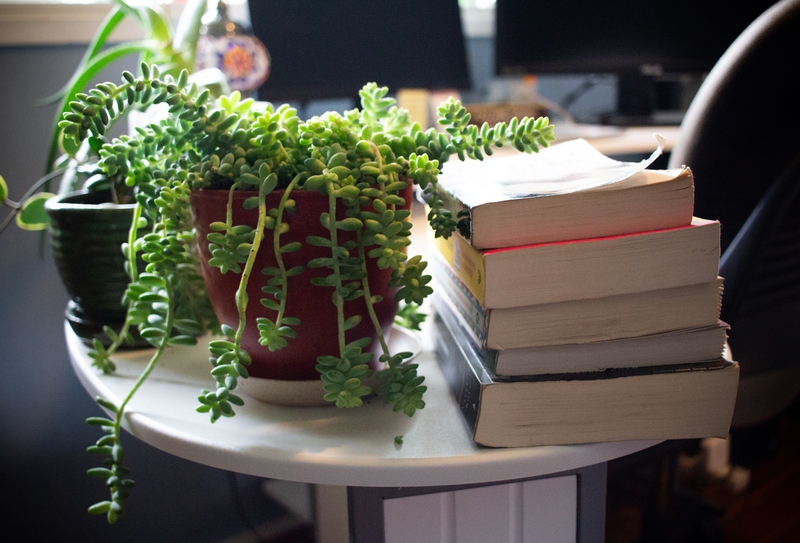
Like jelly bean plants, burro’s tail sedums are easy to propagate and look great on a hanging basket or wall planter. These succulents are native to Mexico and can be identified by their long, cascading stems covered in tiny leaves.
Water your burro’s tail sedum sparingly, as too much water can cause the leaves to rot. It is also best to propagate these succulents during spring or summer when the plant is actively growing.
You can either do stem cuttings or leaf cuttings to propagate burro’s tail sedums. In two months or so, you should see new growths on the plant.
Cobweb Houseleek (Sempervivum arachnoideum)
Cobweb Houseleek is a type of succulents native to the mountains of Europe, such as the Alps, Pyrenees, and Carpathians. It gets its name from the white cobweb-like hairs that cover its leaves. These hairs help protect the plant from intense sunlight and harsh weather conditions.
If you live in an area where the cold winter temperatures can dip below 0 degrees Fahrenheit, the Cobweb Houseleek is a perfect succulent. These plants are also very easy to propagate and only require well-draining soil and plenty of sunlight.
Seeds sown in spring are the best way to propagate Cobweb Houseleek. However, you can also do leaf cuttings or stem cuttings if you want your plants to grow faster.
Echeveria (Echeveria spp.)
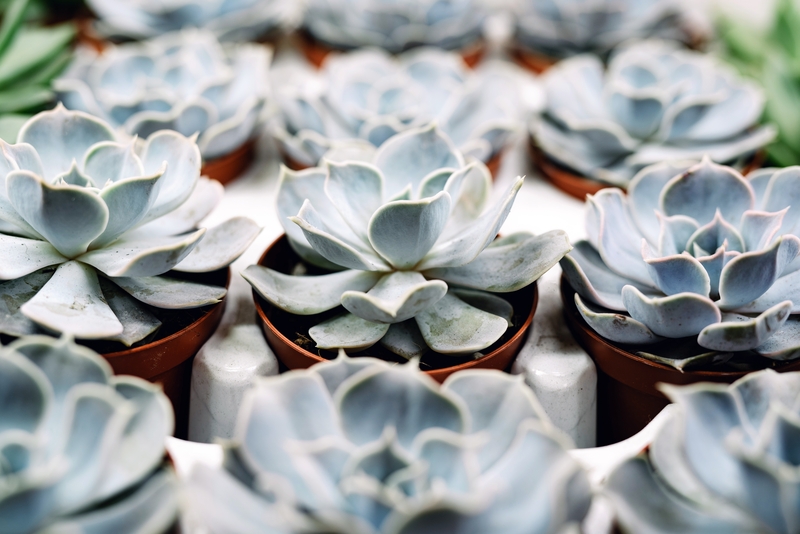
Hundreds of different echeveria species come in all shapes and sizes. These succulents are native to Mexico, Central America, and South America. They can be identified by their rosette shape and their thick, fleshy leaves.
Echeverias are some of the easiest succulents to propagate as they can be done through leaf cuttings or offsets. Their colors range from blue-green to pink, red, and orange – making them a great addition to any succulent collection.
There are also different echeverias, such as the Chenille plant, the Ghost plant, and the Hens and Chicks plant.
Conclusion
Succulent propagation is a great way to expand your collection without spending much money. These plants are easy to care for and only require well-draining soil and plenty of sunlight.
With patience, you can have a beautiful succulent garden in no time! Do you have any favorite succulents that are easy to propagate? Let us know in the comments below!
Happy gardening! :)

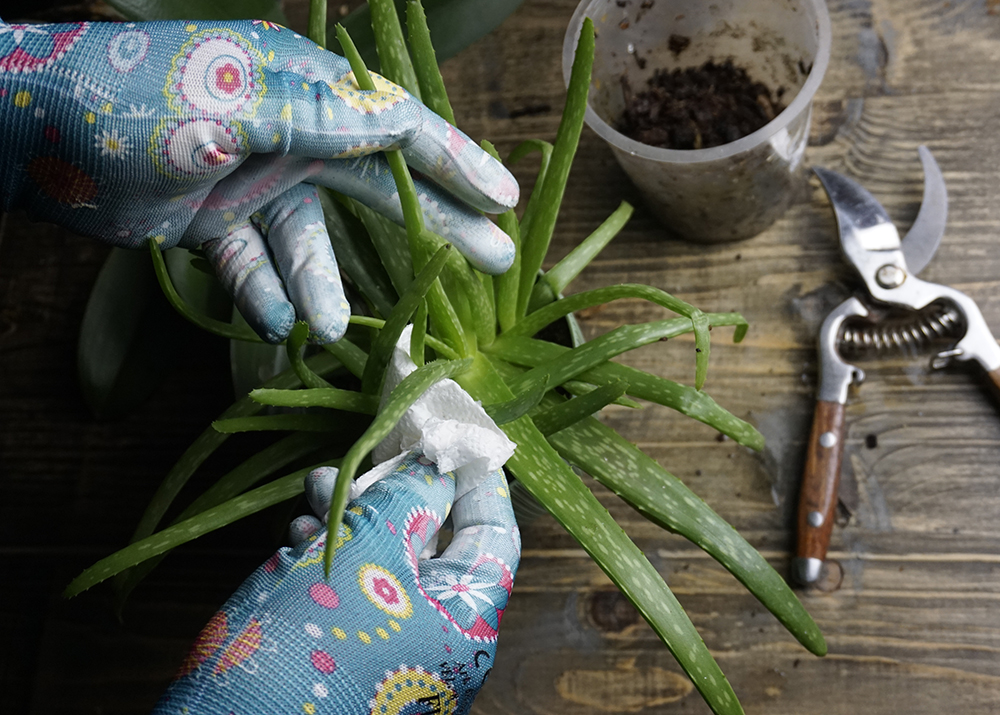
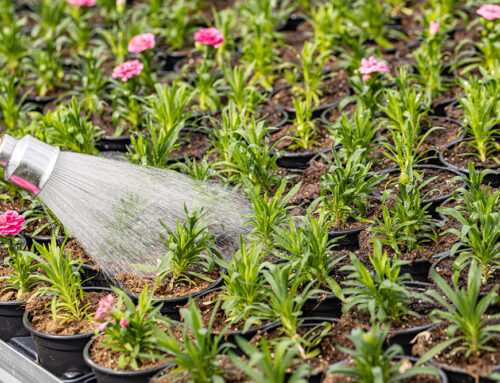


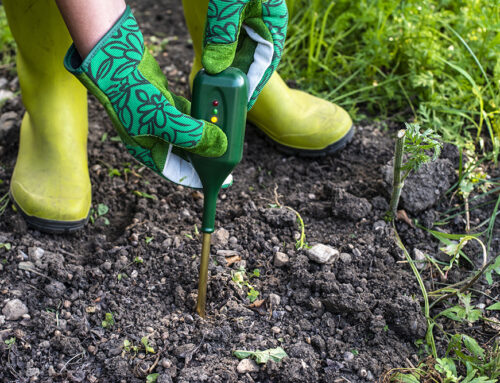
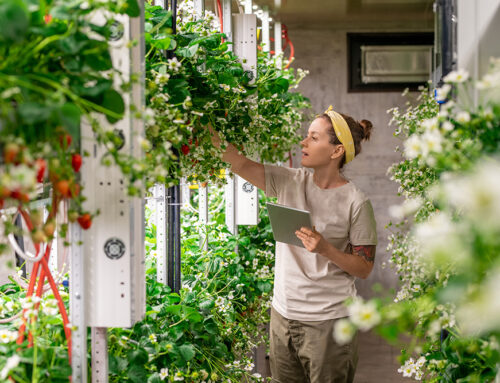
Leave A Comment